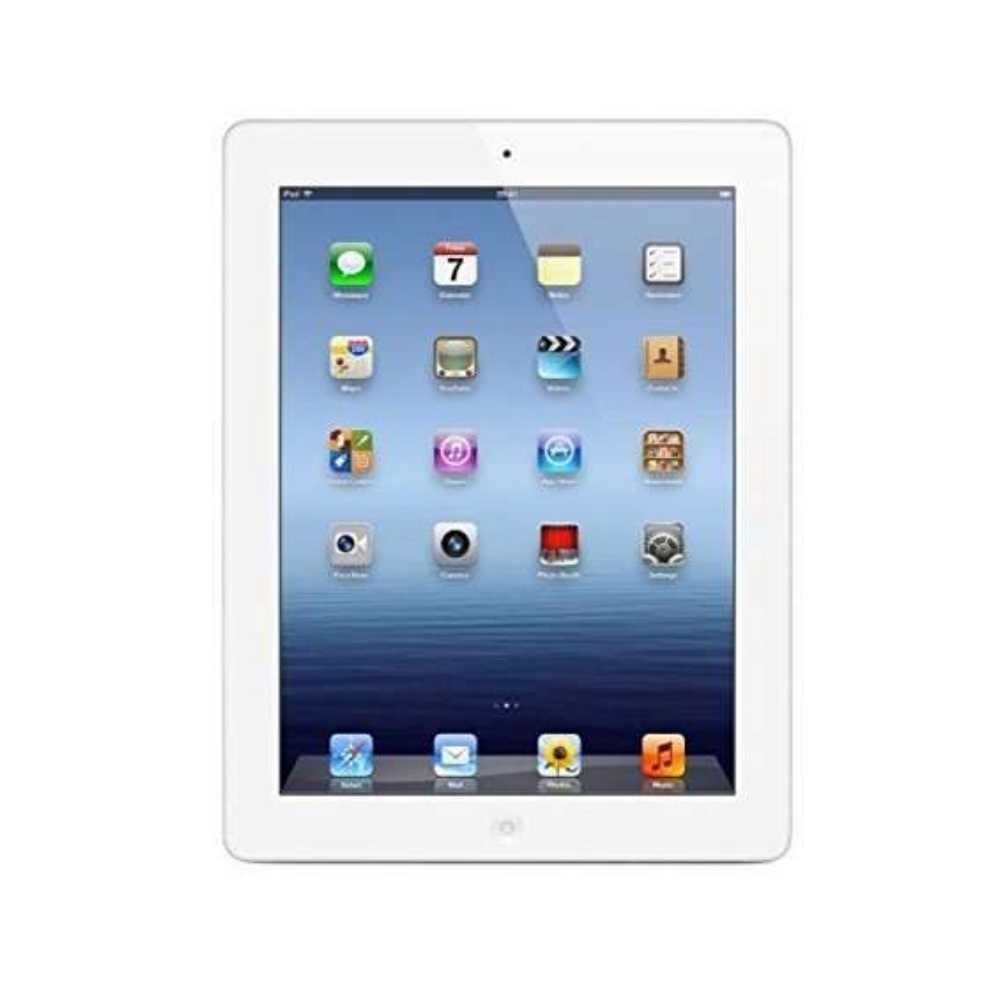The iPad 3, officially known as the “iPad with Retina display,” was released by Apple in March 2012 and represented a substantial leap forward from its predecessor, the iPad 2. This third-generation tablet marked a significant upgrade in both hardware and display technology, establishing new benchmarks for performance and visual fidelity in the tablet market.
One of the most prominent features of the iPad 3 was its Retina display, which boasted a remarkable resolution of 2048 x 1536 pixels. This was a dramatic improvement over the 1024 x 768 resolution of the iPad 2, resulting in a pixel density of 264 pixels per inch. The Retina display delivered stunning clarity and detail, making text incredibly sharp and images exceptionally vibrant. This high-resolution screen made the iPad 3 particularly well-suited for tasks requiring fine detail, such as reading, photo editing, and watching high-definition videos.
The iPad 3 was powered by the Apple A5X chip, a quad-core processor that significantly enhanced graphics performance. This new chip was specifically designed to handle the increased demands of the Retina display, providing a smooth and responsive experience even when running graphically intensive applications and games. The A5X chip, combined with 1GB of RAM, ensured that the iPad 3 was capable of delivering robust performance for both everyday tasks and more demanding applications.
Another notable improvement was the introduction of a 5-megapixel rear-facing iSight camera. While not groundbreaking by today’s standards, this camera represented a significant upgrade from the previous generation, offering better image quality and the ability to capture 1080p HD video. The front-facing camera remained at 0.3 megapixels, suitable for FaceTime calls and video chats but not particularly advanced by modern standards.
The iPad 3 retained the same 9.7-inch form factor as its predecessor and continued to support a 10-hour battery life, which remained one of its most appealing features. It launched with iOS 5.1, which brought several improvements, including enhanced Siri voice recognition and better iCloud integration.
One of the more controversial changes was the shift to a new, proprietary 30-pin connector, which replaced the previous generation’s connector. This meant users needed new accessories or adapters to use their existing iPad accessories with the new model.
Overall, the iPad 3 was a milestone in Apple’s tablet evolution, offering a vastly improved display and enhanced performance. It set a high bar for subsequent tablets and reaffirmed Apple’s position as a leader in the tablet market. Though later models would build upon its innovations, the iPad 3’s Retina display remains a memorable and influential feature in the evolution of the iPad line.











